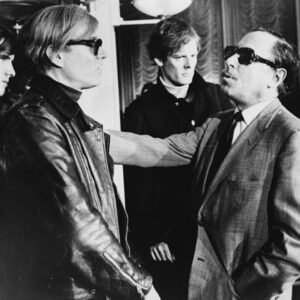A Multifaceted Mind Beyond His Time
Leonardo da Vinci (1452–1519) is often described as the archetype of the “Renaissance man,” and for good reason. He was a painter, engineer, scientist, sculptor, anatomist, and inventor — all in one. Born in Vinci, Italy, he spent much of his life exploring the intersection between art and science, often producing works and ideas that were centuries ahead of their time (Kemp, 2006).
Artistic Masterpieces That Changed the World
Leonardo’s contributions to art remain unmatched. His two most famous paintings, The Last Supper and Mona Lisa, continue to captivate viewers with their realism, composition, and emotional depth. The Last Supper revolutionized religious painting with its dramatic narrative and spatial depth, while Mona Lisa has become the most studied and visited artwork in history due to her mysterious smile and groundbreaking sfumato technique (Zöllner, 2017).
Inventive Imagination and Scientific Curiosity
Da Vinci kept hundreds of pages of notebooks filled with sketches and musings on everything from human anatomy to flight machines. His anatomical drawings, based on dissections of human bodies, were among the most accurate of his era and remained unrivaled for centuries (Clayton & Philo, 2012). His designs for helicopters, parachutes, tanks, and even robotic knights show a profound understanding of mechanics, though most of his inventions weren’t built in his lifetime.
The Intersection of Art and Engineering
What set Leonardo apart was his seamless blending of artistic and scientific thinking. He viewed the human body as both a beautiful creation and a complex machine, studying it as such. His artistic eye informed his scientific work, and his scientific observations enhanced his art. This ability to merge disciplines made his notebooks a treasure trove of knowledge and creativity (Capra, 2007).
A Legacy That Continues to Inspire
Leonardo’s influence continues to span across disciplines. Whether it’s in art classes, science labs, or innovation think tanks, his work is cited as a symbol of curiosity, creativity, and cross-disciplinary genius. He left behind few completed works but countless ideas, proving that innovation lies as much in questioning as it does in answering.
References
Capra, F. (2007). The science of Leonardo: Inside the mind of the great genius of the Renaissance. Doubleday.
Clayton, M., & Philo, R. (2012). Leonardo da Vinci: Anatomist. Royal Collection Trust.
Kemp, M. (2006). Leonardo da Vinci: The marvellous works of nature and man (Rev. ed.). Oxford University Press.
Zöllner, F. (2017). Leonardo da Vinci: The Complete Paintings and Drawings. Taschen.




